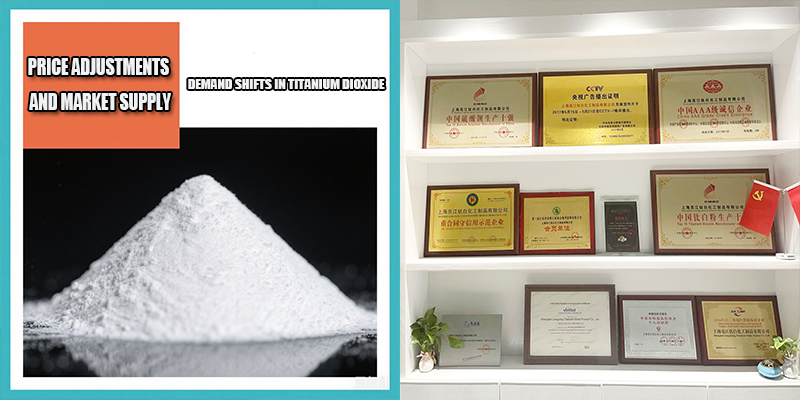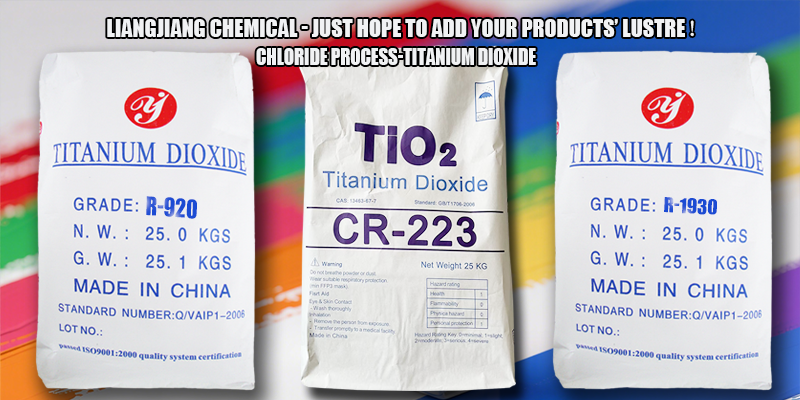Titanium dioxide R&D and supply.
Apr 18,2025
In early 2025, the titanium dioxide (TiO₂) industry experienced a new round of price adjustments, signaling significant changes in market supply and demand dynamics. Major domestic and international TiO₂ producers issued price adjustment notices, generally increasing product prices, reflecting profound shifts in market conditions.
Overview of Price Adjustments
On January 21, 2025, Longbai Group initiated the price adjustments by increasing the prices of all types of TiO₂ by 300 RMB per ton for domestic customers and $50 per ton for international customers. Following this, CNNC TiO₂ announced on January 22 an increase of 500 RMB per ton for domestic customers and $100 per ton for international customers. Other companies, including Jinpu Titanium and Annada, also followed suit, with price increases ranging from 800 to 1000 RMB per ton domestically and $100 to $130 per ton internationally.Reasons for Price Increases.

The primary reasons for the recent price increases include:
Tight Spot Supply: Production controls during maintenance and pre-holiday stockpiling have led to tight spot supply, altering the supply-demand balance.
Rising Raw Material Costs: The tight supply of upstream raw materials, such as titanium concentrate, has led to sustained high prices, increasing production costs.
Environmental Policy Impacts: Stricter environmental policies have resulted in the shutdown or reduction of production by some small and medium-sized enterprises, further tightening market supply.
Changes in International Market Demand: Anti-dumping measures in regions like Europe have affected exports, prompting some companies to adjust their market strategies, impacting supply and demand.

Market Outlook
Despite the recent price increases, the market still faces certain challenges. It is expected that the growth rate of downstream demand will slow in 2025, and the sluggish real estate industry may suppress demand in related fields such as architectural coatings. Additionally, anti-dumping measures in international markets may pressure exports. Therefore, companies need to closely monitor market dynamics and adjust strategies flexibly to cope with potential market fluctuations.

Conclusion
The adjustment in TiO₂ prices reflects changes in market supply and demand. Companies should enhance market analysis, optimize production and sales strategies, and adapt to the complex and changing market environment. At the same time, governments and industry associations should strengthen policy guidance and support to promote healthy industry development.